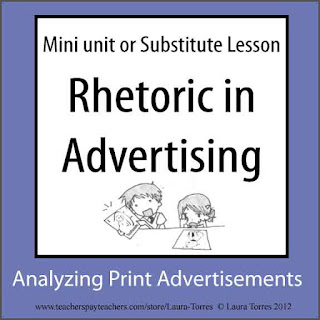Whenever I substitute for a class, I come with a prepared bag of tricks, even if the teacher has left a detailed plan. You never know when something can go awry (see last week's post here about just such an incident), and you'll be left with minutes or hours of extra time.
It's not enough to have just one emergency lesson plan. The personality of the class and the time you may have to fill can vary greatly. That sure-fire game you always use might stir up an already out-of-control class. A quiet, introverted class may need something a little more engaging than those vocabulary worksheets. A variety of activities that take varying lengths of time is just the ticket to be sure you can adjust to any situation.
I like to bring photocopied reading passages for English classes, along with a variety of activities to go along with it so I can fill any amount of time. Along with the reading passage, I bring quick and easy vocabulary work, reading comprehension questions, short answers, and a writing prompt. I can mix and match according to the time available.
I also bring a grammar game (see my post here for my tried-and-true activity), and a quiz and worksheets to go along with it.
I never plan an activity that requires media equipment. I've had too many times where something wasn't working right. Stalling to try and fix equipment is the perfect opportunity for students to get bored and restless.
I'm not above a few prizes and bribes in my bag as well. Sometimes a piece of candy for students who are on task and working quietly can be a great motivator. Competing for a Sharpie or highlighter can keep students engaged in a game.
Writing a list of assignments on the board, such as short writing prompts or vocabulary work can also keep early finishers from becoming restless.
Whatever happens, smile and have confidence, knowing you are well prepared.







